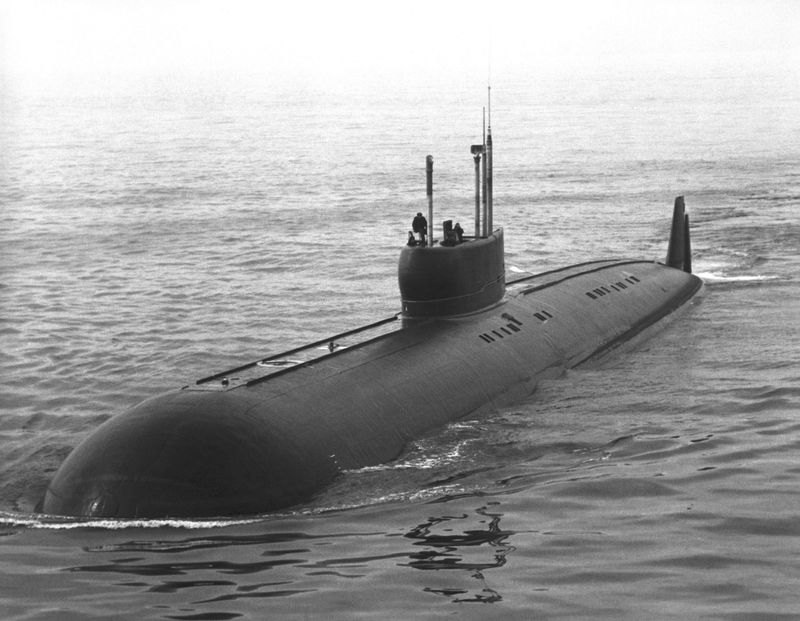On January 25, 1979, Robert Williams became the first person on record to be killed by a robot. The first-of-a-kind death took place in the US over 45 years ago – but it was far from the last fatality at the hands of a robotic system.
Williams was a 25-year-old employee at the Ford Motor Company casting plant in Flat Rock, Michigan. On that day in 1979, he was working with a parts-retrieval system that moved castings and other materials from one part of the factory to another.
It was suspected that a malfunction had occurred as the machine was working slowly, so Williams climbed into the third-story of a shelving unit, upon which he was “struck from behind and crushed” by a mechanical arm, according to legal documents.
A news report about the legal battle suggests the robot continued working while Williams lay dead for 30 minutes until fellow workers realized what had happened.
It transpired that the incident occurred because the robotic system had misidentified the man as an inanimate object that needed to be moved from the storage unit.
In 1983, the family of Williams successfully sued the manufacturer of the machine, Litton Industries, arguing that sufficient safety devices weren’t installed in areas where the robotic arm was moving with considerable force.
They were eventually awarded $10 million in compensation – which, at the time, was the biggest personal injury award in state history. With further legal jostling, the payout was raised to $15 million in 1984.
Paul Rosen, the family's lawyer, said at the time: ''I think we have to be very careful that we don't go backward to the kind of notions we had during the Industrial Revolution that people are expendable.''
This was an era when industries were starting to integrate more automated systems and robotics into their factory lines, introducing a cacophony of new threats to workplace safety.
Just two years after the death of Williams, a similar incident unraveled in Japan. In 1981, Kenji Urada, a 37-year-old worker at the Kawasaki Heavy Industries plant in Akashi, was killed by a mechanical arm while checking a malfunctioning robot. He reportedly switched the robot on accidentally after leaping over a chain-fence safety barrier in the factory.
In his book When Robots Kill: Artificial Intelligence Under Criminal Law, Gabriel Hallevy sensationally explains: “The robot erroneously identified the employee as a threat to its mission, and calculated that the most efficient way to eliminate the threat was to push the worker into an adjacent machine.”
“Using its very powerful hydraulic arm, the robot smashed the surprised worker into the operating machine, killing him instantly, after which it resumed its duties without further interference,” he added.
Many more deaths of this ilk unfolded in the following decades. A 2023 study identified at least 41 robot-related fatalities in the US between 1992 and 2017, with almost half of the incidents happening in the Midwest, an area historically associated with heavy industry and manufacturing.
The idea of death-by-robot raises many legal and moral conundrums that become even more complicated in today’s world of ever-growing artificial intelligence (AI). Most scholars argue that humans are morally responsible for the machines and AI systems they create; we are the responsible agents, not the robots.
However, as AI becomes increasingly expansive and potentially uncontrollable, who knows where these boundaries will bend and blur?





